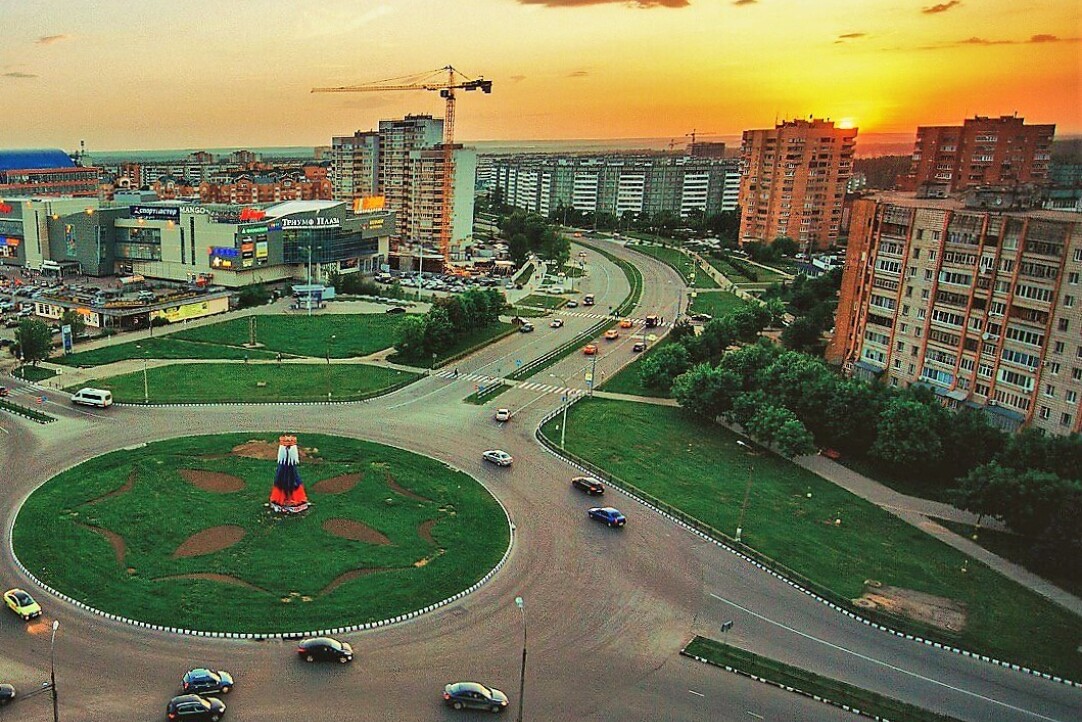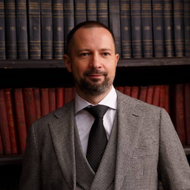Faculty of Urban and Regional Development Develops a Draft of a New Transport Scheme of Obninsk

On May 3rd, a briefing and presentation session of a project for the development of the city's transport scheme took place in the Obninsk administration. This large-scale project has been implemented by staff from the Institute of Transport Economics and Transport Policy Studies of the HSE Faculty of Urban and Regional Development.
Tatiana Leonova, head of the local administration, emphasised that it’s important to develop a new public transport route network that takes into account the renewal of the bus fleet and the expansion of the route map to new city areas.
Alexander Ryzhkov, Research Fellow of the HSE Centre for Transportation Planning presentedan updated route network, following proposals from city residents. The Obninsk transport system is currently undergoing the most extensive modernization in recent decades, he stressed.
The HSE Institute of Transport Economics and Transport Policy Studies brings together experts in transport planning, transport economics and transport modeling. In recent years, the Institute has participated in several projects on modernising and reforming public transport systems, including projects on the Lipetsk and Nalchik route networks, transportation plans during 2018 FIFA World Cup in Volgograd and Kaliningrad, and transportation management plans aimed at the modernisation of the Lipetsk, Yaroslavl and Saratov tram systems as well as proposals for modernizing the Norilsk public transport system as part of the city’s masterplan for development. In addition, the Institute's specialists have developed transport models for Moscow and the Moscow Region, Yaroslavl, Kaliningrad, Kursk, Lipetsk, Krasnodar, Ufa, Saratov, Volgograd and other cities.
‘In 2022, when we started working on the project, most of the routes were served by private companies,’ says Alexander Ryzhkov. ‘Small buses were used on many routes, and there was regular overcrowding. The transport itself is outdated — only 16% of private buses are newer than the recommended 5 years.’ He added that the existing route network of Obninsk features competition on numerous routes, while there is no public transport in other areas of the city.
‘We aimed at adapting the route network to the use of new buses,’ explains the expert ‘We also strived to solve the existing problems: bus overcrowding, insufficient maintenance in several districts, and unnecessary route duplication. We also paid attention to infrastructure, considering the placement of stops convenient for residents, and the equipment of facilities for drivers to rest at the termini. All our proposals are aimed at improving the quality of passenger transportation around the city. We have prepared a realistic action plan for developing this system over the coming years, based on the local features of the city.’
During their research, the experts applied various methods of transport research and planning: transport surveys, analysis of ticket validation data and passenger flow sensors, spatial analysis, creating options for the development of network routes, transport modeling and analysis of feedback from local residents.

Evgeny Mikhailenko, Dean of the HSE Faculty of Urban and Regional Development
We are a faculty about the city and for the city. Scientific and industrial cities and, of course, Obninsk - the first Russian science city, are especially interesting for us. Obninsk should become and, in fact, is already becoming a city convenient for living, or a ‘livable city’ in modern scientific terminology. Modern high-quality public transport is one of the main criteria determining the city's inclusion in this wonderful group. I am sure that the specialists from the Institute of Transport Economics and Transport Policy Studies, one of the country's leading centres of excellence in urban public transport, will help Obninsk solve this problem.
After the publication of the initial draft in December 2022, the city administration collected residents' ideas. In total, they received more than 120 appeals, including collective ones. After reviewing these requests, the project was finalised.
As a result, the city plans a 100% transition to large and medium buses on parts of the route network, meaning the carrying capacity of routes will increase by 20%. Bus overcrowding will decrease, and 5,000 people will be able to access public transport within walking distance of their homes. The number of routes will be reduced from 20 to 12, while 7 routes will have buses running every 6-10 minutes during peak hours. In terms of public transport infrastructure, 44 new stops will be established (2023-2025), and 3 new termini platforms with rest points for drivers (2023-2028). Thanks to the renewal of the route network, the number of trips will increase by 800,000 per year (from 17.6 to 18.4 million), and the cost of providing transport will decrease by 15%, with the volume of budget subsidies remaining at the existing level.
The following experts also took part in the briefing: Dmitry Zaemsky, Adviser to the Director of the passenger motor transport company, Leonid Tyulenev, director of the municipal motor transport company MP ‘OPATP’, Anna Eremina, Head of the Consumer Market, Transport and Communications Department of the city administration. The project team included faculty staff, invited experts and students.
